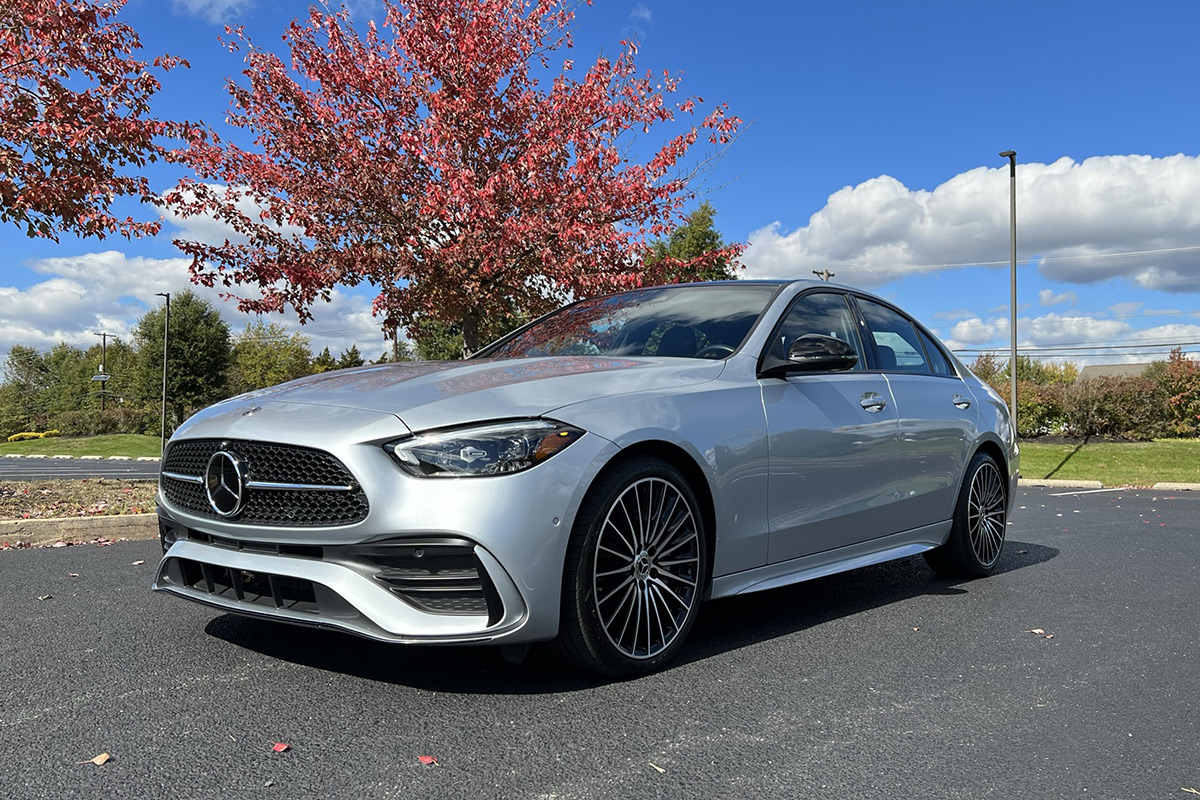Guy Stuff
Buying Your First Car – Everything You Need To Know
You’ve likely thought about buying your first car for quite a while. You could even have a specific car in mind for yourself. As great as that is, it doesn’t always mean you should just rush into it. Quite the opposite.
It’s always worth taking your time so you can make sure you find the best car for you. There’ll also be multiple other factors at play you’ll need to be aware of.
If you don’t take your time with it, there’s a decent chance you could overlook more than a few of these. That’s despite how important they can be, especially once you actually own the car. The more time and effort you put into it, the better.
Taking the right steps in the process makes more of a difference than you’d think. It’s not just a matter of going out and buying a car. Taking seven particular steps makes sure you do everything right.
They’ll make buying your first car much easier, so there’s no reason not to dig into them.
Buying Your First Car: 7 Steps You Need To Take
1. Know What You Can Afford
A car is an expensive purchase, and you’ll need to put some time and effort into figuring out how much you can afford. That doesn’t just apply to the upfront cost, however. If you’re getting a loan, for example, you’ll need to keep the monthly repayments in mind going forward.
Then there are the various car ownership costs you’ll need to be aware of. Fuel, insurance, and other factors will all play a role in this. Keep them in mind before buying, as they can all add up much more than you’d think. Make sure you can actually afford to own the car.
2. Save For Your Down Payment
Now you know how much you can afford – especially in paying back a loan – you’ll likely need to save up for a down payment. Most financiers wouldn’t give you a loan for a car unless you’re putting some of your own money into it, too. The more you can save up, the better.
This offers more than a few benefits, with one of the more notable being saving you money in the long run. The more you put toward your car yourself, the smaller a loan you’ll have to take out. You’ll end up paying back noticeably less in the future.
3. Decide Between New & Secondhand
There are plenty of cars out there you can buy, but not all of these are the same. You’ll have the option of buying either a new car or a secondhand option. Both of these offer their pros and cons, which is why it’s worth taking your time deciding.
Secondhand cars will have more wear and tear, but they can be much more affordable, for example. Newer ones, while naturally more expensive, are much less likely to have any issues relatively quickly. Go with the option you’re more comfortable with.
4. Decide What Car’s Right For You
At some point or another, you’ll have to figure out which kind of car you want to buy, even after you’ve decided between new and secondhand. There’ll be multiple factors involved in this, ranging from size and style to the price. You’ll have countless options on offer, with there being countless manufacturers and models to choose between.
Spend a bit of time looking through your options and narrowing them down. You’ll have your own personal preferences, and it’s worth keeping these in mind as much as possible. You’ll end up being able to narrow down your options a lot more than you would’ve thought.
5. Get Financing Sorted
After figuring out how much you can afford to spend on your car and saving up for a down payment, you could still be in a position where you need financing. It’s worth getting this sorted before agreeing to buy a car, as it could save you a decent amount of time and hassle.
While dealerships offer financing, these often don’t have the best terms and conditions, or interest rates. You could be much better off going to a bank or credit union and getting prequalified for financing there. You’ll still get the money you need, but your repayments mightn’t be as high.
6. Pick The Right Dealership
Eventually, you’ll end up needing to go to a dealership to actually buy your car. That doesn’t mean just going to the first one you come across, just because it’s close. Instead, it’s worth making sure you pick the right one for you. It could end up making a difference in the price of the car and more.
Spend some time researching your options to see what kind of cars they offer, roughly how much they’ll cost, and similar factors. You could end up finding one that’ll give you a much better experience and deal on your car than others.
7. Negotiate Before Buying
Now you’ve figured out what car you want and gone to the dealership, it’s time to actually start the process of buying it. That doesn’t mean you should just hand over your money, sign the paperwork, and get to driving. It could be worth spending some time negotiating.
There’s always a chance the dealership could try to add on more costs, so it’s worth going out of your way to bring them back down again. Do what you can to do this, and don’t be afraid to walk away if things aren’t going the way they should.
Practical Tips For Buying Your First Car
Each of the above steps makes buying your first car much more straightforward. Once you’ve gone through them, you shouldn’t have a problem finding and getting the best car for you. That doesn’t mean there aren’t a few other things you should be aware of.
Instead, a few tips and tricks could help you a lot more than you’d think. It’s just a matter of knowing which ones you should take advantage of. Some of the more notable of these are:
- Check The Paperwork When Buying Used Cars – Used cars can often be great for a first time car, as they’ll be much more affordable. Be cautious when you’re getting these, however. Make sure the person selling you the car is the actual owner. Checking the paperwork is a large part of this, so make sure everything matches up.
- Don’t Overlook The Legalities Of Owning A Car – There are multiple legalities involved in buying and owning a car. Many of these come up when you first buy the car, and they’re easy to get through. Don’t overlook what you could need later on, however. There are always risks of an accident, for example, so it might be worth looking into auto accident lawyers before anything happens.
- Avoid Going For Something Too Powerful – Engine power is always somewhere to focus on when you’re buying a car, and you’ll find options that are much more powerful than others. These mightn’t be the best options to go for with your first car, as they might be too much to handle. It could be better going for an option with less horsepower, as they’ll be easier to handle. You can always upgrade to a more powerful option when you’ve got more driving experience.
- Get Add-Ons Away From The Dealership – If you’re buying a car from a dealership, you’ll be presented with more than a few add-ons you can get from them. These span a wide range of areas, like car kits. Even if you’re interested in these, it mightn’t be worth getting them from the dealership. They’ll be quite expensive, and you can get the exact same add-ons somewhere else from another company. You’ll save yourself more money than you would’ve thought.
These should be more than enough to make buying your first car as easy as possible. You shouldn’t have a problem finding the perfect one for you, and you’ll make sure everything’s covered.
It’s not a process to rush through, so it’s worth taking your time with it. Taking advantage of the right tips could be more than enough to make a noticeable difference in the process.
Buying Your First Car: Wrapping Up
Buying your first car is an exciting process, and it’s usually seen as a sign of independence. That doesn’t mean it’s a process you should just rush through, however. Instead, it’s worth putting a bit of time and effort into it.
You’ll end up making sure you get the best car for you. It’ll also make sure you’ve thought about all of the other factors involved in the process and made sure they’re sorted.
With how large of a decision buying your first car can be, there’s no reason not to take your time with it. Following the right steps is a great approach to take, and using a few tips while you’re at it helps make sure it all goes smoothly.
While that could mean taking a little more time with it, you’ve no reason not to.


















Recent Comments